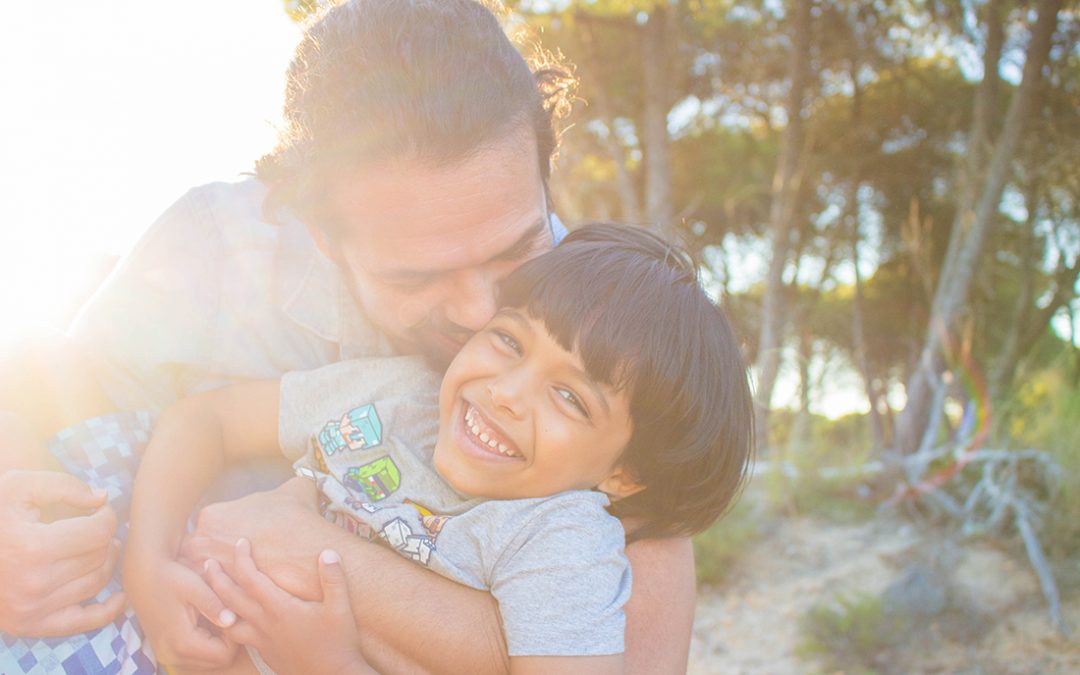In recent weeks, we have discussed the special challenges and needs of children who go through the foster care system. An overwhelming number of these kids have been victims of abuse, trauma or neglect and are struggling with both physical and mental health issues as a result of their experiences. Although thousands of foster parents provide conscientious and heartfelt care, the system frequently fails the very children it’s supposed to protect.
Certainly, the needs are great. They include better training and support for foster parents and kinship care providers, better mechanisms for holding social workers and foster care parents accountable and providing foster children with agency, better medical and mental health care, and better support systems for those who age out of foster care.
Even with these many challenges, there is hope for healing. Foster parents can be agents of change. Through their actions, reactions and the creation of a safe, consistent and loving environment, committed foster parents can help children learn and grow. A foster children can develop secure attachment and a positive self-image, build trust and learn healthy coping, communication and relationship skills with the right kind of support.
Here we offer some guidelines and practical suggestions for maintaining a positive mindset, creating a safe and loving home environment, and beginning the healing process:
Understand Core Beliefs
Your child’s early experiences shaped their core beliefs about self, relationships and life in general. Children with negative core beliefs perceive parents as rejecting, punitive, untrustworthy and threatening, and behave accordingly. As a therapeutic foster parent, look beyond behavior. Do not take your child’s negative attitude and actions personally. Understand they are learned coping mechanisms.
Provide a Balance of Connection and Structure
Therapeutic parenting is a balance of love and limits. Connecting with your child through empathy, support and nurturing, must be balanced with the necessary structure to engender respect, security and trust. A controlling parenting approach creates power struggles and an adversarial environment. Instead, be nurturing even when your child behaves in alienating ways. Non-punitive responses and lots of hugs are essential. Model caring, nonjudgmental, sensitive and positive emotions and behavior. At the same time, provide clear and consistent limits and consequences.
Teach Reciprocity
Children with histories of compromised attachment generally are self-centered, demanding and unable to give and receive in relationships. To teach how to give and receive, encourage your child to ask for help and to have their needs fulfilled. In turn, your child needs to know that they are expected to contribute to the family. Doing chores allows your child to be a part of the family, have a feeling of accomplishment and receive praise and appreciation. Engage with your child in reciprocal interactions through play, rituals, homework and other activities that you work on cooperatively.
Meet Individual Needs
Understand the unique needs of each child. Caregiver attunement to the needs and signals of children facilitates secure attachment. Know your child – their history, patterns, triggers and underlying needs. By addressing your child’s deep emotional needs, you promote attachment.
Look in the Mirror
Caregivers cannot avoid bringing their own mindsets and emotional baggage into relationships with their children. Healing parents must understand their own histories and issues. Be aware of common reactions such as anger, fear, withdrawal, rejection, depression and helplessness so that you can avoid responses and behaviors that result in distrust, alienation or fear in your child. (Complete the Life Script to help with this.)
Manage Emotions
Children experience and express intense anger, fear, sadness, shame and pain in reaction to unresolved loss and maltreatment. A child coming out of a traumatic situation has never learned to identify, regulate and effectively communicate emotions. As a healing parent, when conflicts arise, do not escalate. Remain emotionally neutral in response to negative behaviors but show pleasure in response to positive behavior. Encourage communication about feelings. Teach your child to label and talk about their emotions in a safe and empathic context. Be a model for healthy emotional management and communication.
Sense of Belonging
The primary experience of foster children is loss and abandonment. To heal, they need to feel part of your family and community. Help your child feel a sense of belonging by involving them in family and community routines and rituals. At the same time, respect your child’s cultural and ethnic background as well as prior relationships with their biological family. Make them feel that their differences are valued in your family.
Following these guidelines is not easy as both you and your foster child bring your prior experiences to the table. But with commitment and hard work you can make an immense difference in a wounded child’s life. Evergreen Psychotherapy Center is here to support your efforts, please contact us for help on your foster parenting journey.



Trackbacks/Pingbacks